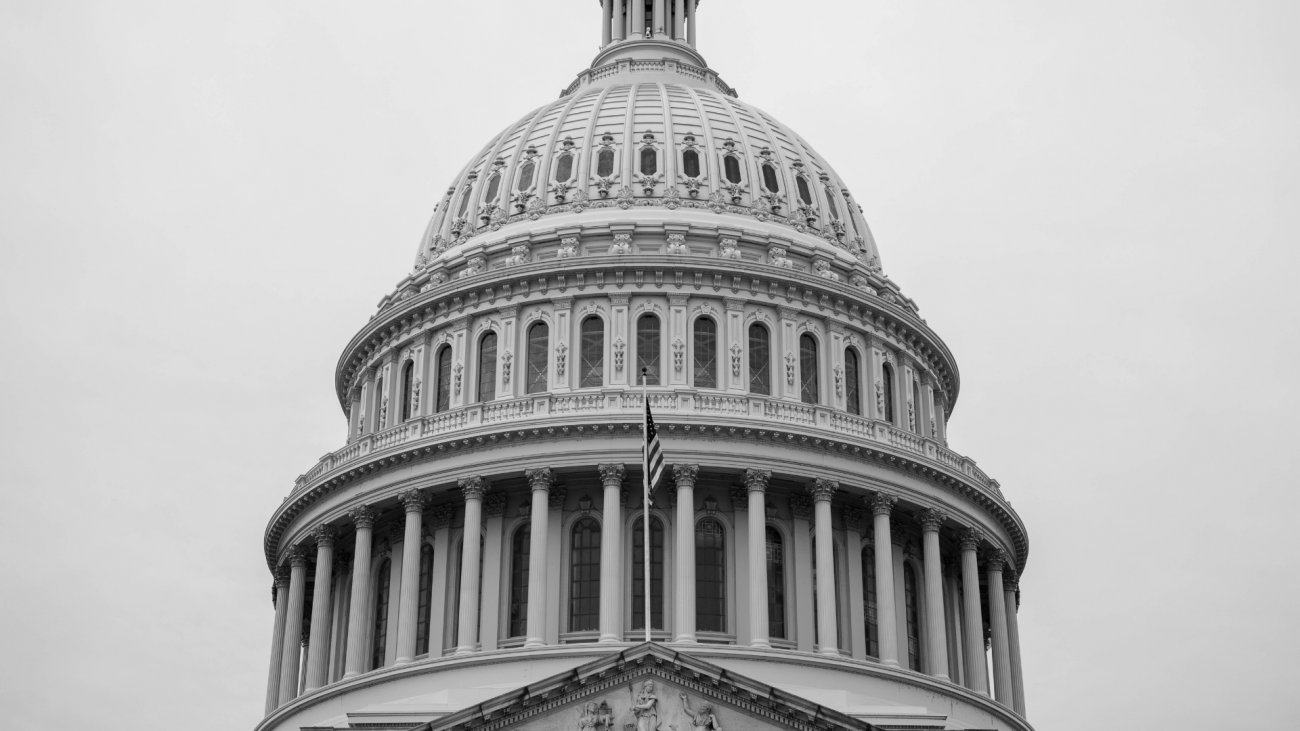When the Economy collides with the US political situation
The Democrats have effectively won the house of Representatives. They have also won the White House and have split the Senate with the Republicans. The changes in policies and leadership will inevitably affect the macroeconomic environment. This will in turn affect the performance of the investments we have. Hence, I will be going through how some macroeconomic factors will perform in the next year or so.
However, before we dive right in, we must explore what macroeconomics is. Macroeconomics tracks the behaviour of the overall economy. It does not only study economic growth, rather it branches and tracks other factors like interest rates environment, liquidity, credit environment and inflation[1]. Proceeding, we will need to explore how the different macroeconomic factors will be affected in the next year.
1. Economic Growth
With the vaccine being finished and distributed coupled with Biden aiming to rapidly distribute the it[2], it is likely that there will be an increase in economic growth in the next year. This is due to a few reasons. Firstly, the COVID-19 pandemic suppressed demand. As such, the vaccine will provide an opportunity for consumers to start spending again, and rapidly.
When SIA created a “Flight-to-no-where” option, demand skyrocketed because people were longing to travel after being banned for so long. Hence, once most people are vaccinated and it is safer to travel, the band will be lifted and many will travel overseas. Hence, there will be a growing demand that pushes economic growth especially in the tourism sector. Secondly, the Democrats also plan to use stimulus checks to boost the economy[3]. This will jump start and perpetuate the cycle of more spending. This will lead to the increase of economic growth in the next few years.
2. Interest Rate
The interest rate will stay low in the long term. This is because we are in a debt laden world. If the interest were to be increased, the government will have to increase their interest expense on the debts that they have borrowed. It will be a loss for the government if that were to happen. Additionally, the Central Bank also wants the interest rates to be kept low to create the wealth effect[4]. The wealth effect is the behaviour where consumers tend to spend more as the value of their assets rise, which is the effect of the interest rates being kept low.
3. Liquidity[5]
Liquidity will be kept plentiful and abundant for years to come. The actions conducted by the US Central Bank from 2016 to 2018 shows a stable trajectory for liquidity that is bound to remain constant in the next few years. The US Central Bank started to raise the interest rate in 2016. Towards the end of the year, they wanted to contract the money supply through quantitative tightening[6] to raise the interest rates. However, when they tried to keep the quantitative tightening at the end of 2018, it prompted the stock market to take a plunge. This forced Jerome Powell, the current Federal Reserve Chairman, to increase the money supply instead, effectively reducing the interest rates. Given the outcome of this stunt, it is likely that the US Central Bank will choose to maintain a simple monetary policy for a long period of time.
4. Inflation
The most important factor is Inflation. The Central Bank and government have been able to lower interest rates and continue quantitative easing[7] by printing money to maintain an easy monetary policy as inflation has been kept on track.
The moment inflation starts to pick up, especially if it is done quickly, the current tools of quantitative easing will have to be reversed to keep the economy in check. This could also have huge consequences on asset prices. However, this is not a likely scenario. Instead, it is likely that there will be a steady increase in inflation as growth picks up in the next year or so.
However, in the long term, economic growth in wealthier, developed nations will slow down due to their ageing populations. Hence, inflation too is likely to grow at a slower pace in the long term.
What is next:
I have shared with you the possible trends that the 4 macroeconomic factors could adopt in the next year. However, if you want a clearer grasp of what kind of assets will benefit or are at risk in this economic environment, do look out for my next article.
Additionally, if you are interested in what I have been sharing here, I will be conducting an online seminar on 30th January where you will be able to learn more about this topic as well as play games and win exclusive prizes.
If you have any questions about your personal investment portfolio or want to learn how to better reap the opportunity you are now having, feel free to reach me via heb@thegreyrhino.sg or 8221 1200.
Remember to leave comments and share this site with your friends. Do subscribe to my newsletter for updates and share this site with your friends too. I would love to connect with you.
[1] To read more on Macroeconomics, read the article by Investopedia.
[2] Biden sticks to vaccine goals nearly met by his predecessor: https://www.washingtonpost.com/health/2021/01/22/biden-vaccine-100-million-doses/
[3] Biden signs executive orders on stimulus checks, food stamps and minimum wage: https://www.cbsnews.com/news/biden-stimulus-check-food-stamps-minimum-wage-executive-orders/
[4] To read more on the Wealth Effect, read the article by Investopedia.
[5] Liquidity: Liquid assets are Cash or other cash equivalents that can be readily converted into cash.
[6] Quantitative tightening: The act of curbing the money supply in the economy.
[7] Quantitative Easing: The introduction of new money into the money supply, typically through printing money and buying bonds, by the central bank.

